Pūrongo Pūrongo hiko
He aha nga tikanga mo te hoko taraka hiko kua whakamahia?
Whakairi i runga e Taraka hiko
In today’s market, the sales volume of used taraka hikos is relatively good, attracting many people who are considering purchasing one. Hoianō, buying a used taraka hiko requires careful consideration and knowledge to ensure a wise investment. But do you truly know the precautions that need to be taken when buying a used taraka hiko? Ināianei, the author will introduce in detail “What are the precautions for buying a used taraka hiko?”.

- Pay attention to the carbon emissions of electric trucks.
There is an important point that needs to be made clear. Taraka hikos do not have zero carbon emissions. While it is true that taraka hikos are significantly more environmentally friendly than traditional fuel-powered trucks, they still have some carbon emissions associated with their production, transportation, and the generation of electricity they consume. Hoianō, their carbon emissions are very low compared to conventional vehicles.
When considering the purchase of a used taraka hiko, it is essential to pay attention to its carbon emissions. This not only helps in making an environmentally conscious choice but also gives an indication of the vehicle’s overall efficiency and sustainability. Vehicles with excessive carbon emissions may not be the best choice as they could have underlying issues or may be less efficient in terms of energy consumption.

Hei tauira, if an taraka hiko has a high carbon emission level, it could indicate that the battery is not functioning optimally or that there are problems with the charging system. This could lead to increased operating costs and a reduced lifespan of the vehicle. I tetahi atu taha, a truck with lower carbon emissions is likely to be more efficient and have a better-performing battery, which can save money in the long run.
To determine the carbon emissions of a used taraka hiko, it is advisable to research the vehicle’s specifications and consult with experts or mechanics who are familiar with electric vehicles. They can provide insights into the vehicle’s energy consumption and carbon footprint based on its make, model, and age. Tāpiritanga, some manufacturers may provide information on the carbon emissions of their vehicles, which can be a useful reference when making a purchase decision.
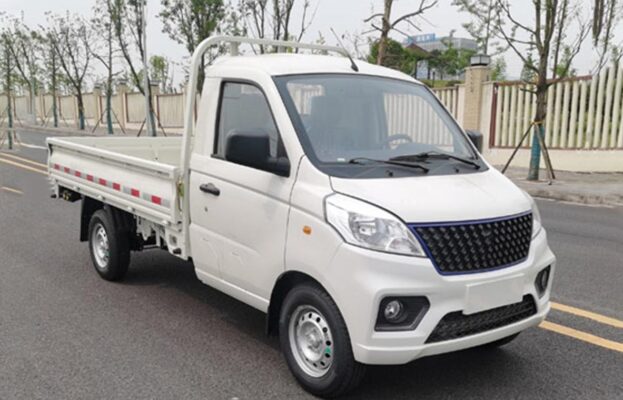
- Understand the fuel cost clearly.
The main fuel cost of taraka hikos is electricity. Unlike traditional fuel-powered trucks that rely on gasoline or diesel, taraka hikos are powered by electricity, which can offer significant cost savings. Hoianō, it is important to understand the actual fuel cost of an electric truck before making a purchase.
Charging an taraka hiko does incur a cost, although it is generally much lower than the cost of refueling a traditional truck. The fuel cost of an taraka hiko depends on several factors, including the electricity rate in your area, the efficiency of the vehicle’s battery and charging system, and your driving habits.
Before buying a used taraka hiko, it is advisable to find out how much the fuel cost is likely to be. This can be done by researching the electricity rates in your region and estimating the amount of electricity the truck will consume based on its specifications and expected usage. Hei tauira, if you know the truck’s battery capacity and the average distance you plan to drive, you can calculate the approximate number of charges required per month and the associated cost.
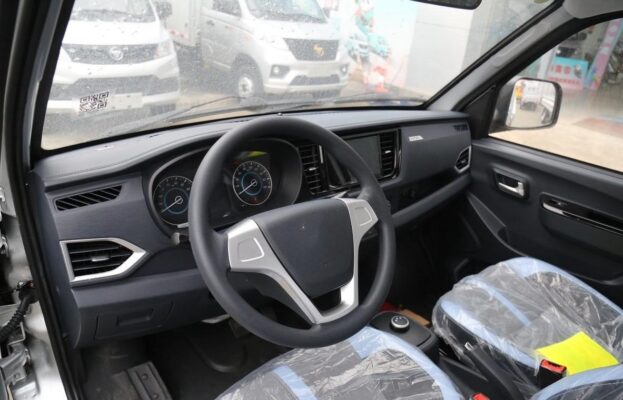
Understanding the fuel cost can help you determine the overall cost of ownership of the vehicle. It can also allow you to compare the cost of operating an taraka hiko with that of a traditional fuel-powered truck and make an informed decision based on your budget and transportation needs.
In addition to the direct fuel cost, it is also important to consider other factors that may affect the cost of owning an taraka hiko. Hei tauira, some areas may offer incentives or subsidies for electric vehicle owners, such as tax credits or reduced registration fees. These can further reduce the overall cost of ownership and make taraka hikos a more attractive option.
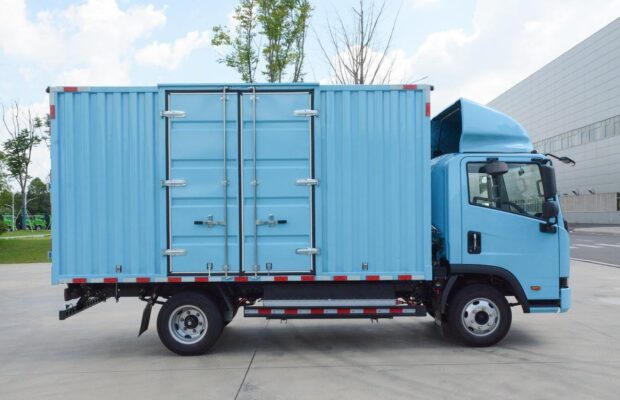
- Don’t buy a used electric truck that is about to be scrapped.
Buying a used taraka hiko that is about to be scrapped can be a major mistake and result in significant financial losses. A vehicle that is about to be scrapped cannot be used for a long time and may require extensive repairs or replacement of major components shortly after purchase.
Hei tauira, if you buy a used taraka hiko that is close to the end of its useful life, you may find that the battery is degraded and needs to be replaced, which can be extremely expensive. Tāpiritanga, other components such as the motor, transmission, and electrical system may also be worn out and require costly repairs. In some cases, the cost of repairing a nearly scrapped truck can exceed the value of the vehicle, making it a poor investment.
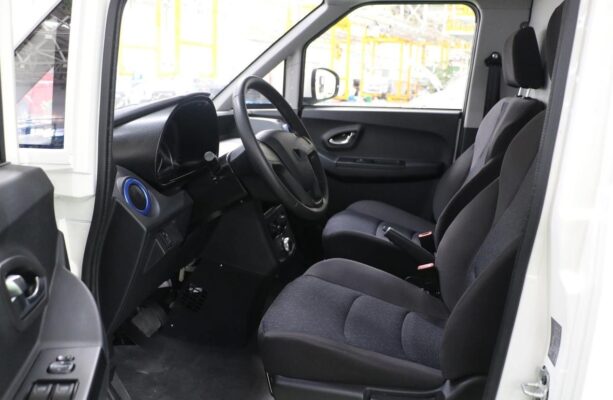
To avoid buying a used taraka hiko that is about to be scrapped, it is essential to conduct a thorough inspection of the vehicle before making a purchase. Look for signs of excessive wear and tear, rust, or damage to the body, frame, and mechanical components. Check the battery’s health and capacity by consulting with a mechanic or using diagnostic tools. Also, review the vehicle’s maintenance records to see if it has been properly maintained and serviced over its lifetime.
Tīmata, it is advisable to research the vehicle’s make and model to determine its expected lifespan and common issues. Some taraka hikos may have a reputation for reliability and longevity, while others may be more prone to problems. By doing your homework and being informed about the vehicle you are considering, you can reduce the risk of buying a truck that is about to be scrapped.
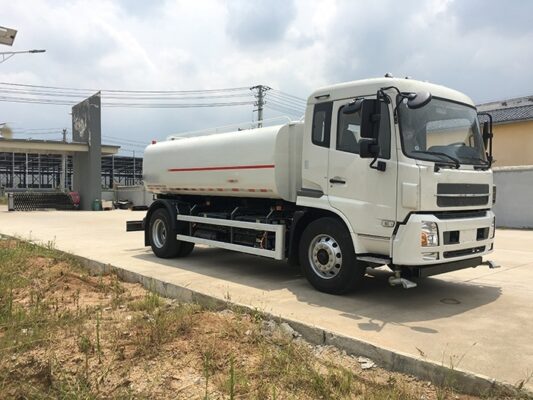
- Understand its price clearly.
Even for the same brand of taraka hiko, the price can vary significantly depending on its service life, condition, and features. Nō reira, it is crucial to understand the price of the used taraka hiko you are considering before making a purchase.
To determine the fair price of a used taraka hiko, research the market value of similar vehicles. Look at online listings, visit dealerships, and consult with experts or appraisers who can provide an estimate of the vehicle’s worth. Consider factors such as the truck’s age, hāwhe, battery health, and overall condition.
Hei tauira, a used taraka hiko with low mileage and a well-maintained battery is likely to command a higher price than one with high mileage and a degraded battery. Tāpiritanga, trucks with advanced features such as fast charging capabilities, longer ranges, or upgraded interiors may also be more expensive.

By understanding the price range of used taraka hikos in the market, you can negotiate a fair deal and avoid overpaying for a vehicle. It is also important to consider the long-term cost of ownership when evaluating the price. Factors such as fuel costs, maintenance expenses, and potential resale value should be taken into account to ensure that the vehicle is a good investment.
The above is the entire content of “What are the precautions for buying a used taraka hiko?”. As you can see, buying a used taraka hiko requires careful consideration of various factors to ensure a successful purchase. By paying attention to the carbon emissions, understanding the fuel cost, avoiding trucks that are about to be scrapped, and clearly understanding the price, you can make an informed decision and choose a used taraka hiko that meets your needs and budget. I hope this detailed guide can help everyone. If you have any questions, feel free to contact us at any time.